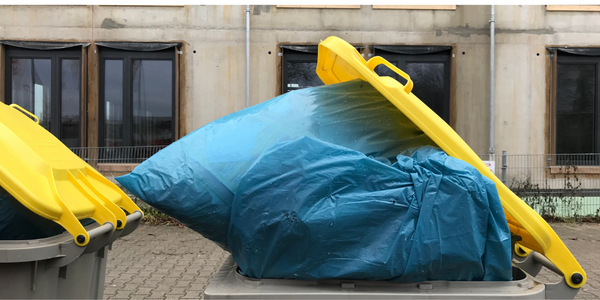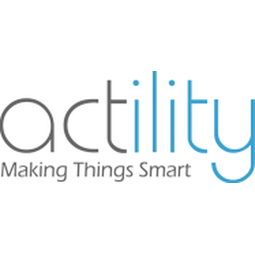下载PDF
Smart City Transformation through IoT: A Comprehensive Case Study

技术
- 其他 - 电池
- 传感器 - 全球定位系统
适用行业
- 城市与自治市
- 回收与废物管理
适用功能
- 维护
- 质量保证
用例
- 智慧城市运营
- 智能停车
服务
- 系统集成
- 测试与认证
挑战
垃圾箱通常会很快装满,而且大多数时候没有关于垃圾箱装满水平的实时信息。废物通常按固定时间表收集,而收集路线并不适应垃圾箱中的实际废物水平。总是使用相同的路线,这导致城市的废物管理效率低下,以及不必要的二氧化碳排放和交通并发症。
客户
LoRaWAN™ 传感器
关于客户
LoRaWAN 传感器是为在 LoRaWAN 网络上运行而创建的物联网设备。这些网络对无线传感器特别有用,因为它们能够长距离传输数据。它们还具有高性能的链路余量,可以达到低于射频 (RF) 本底噪声的信号。
解决方案
低功耗连接的超声波传感器放置在垃圾箱中,连接由 Actility 的高性能 LoRaWAN™ 网络管理服务器管理。传感器测量废物的水平,并通知废物管理公司容器是否满载或何时需要清空。这些传感器还提供有关垃圾箱使用情况、清空周期等的宝贵数据。
运营影响
数量效益
相关案例.

Case Study
Turning A Stadium Into A Smart Building
Honeywell created what it called the “intelligent system” for the National Stadium in Beijing, China, turning the venue for the opening and closing events at the 2008 Summer Olympics into a “smart building.” Designed by highly controversial artist Ai Weiwei, the “Bird’s Nest” remains one of the most impressive feats of stadium architecture in the world. The 250,000 square meter structure housed more than 100,000 athletes and spectators at a time. To accommodate such capacity, China turned to Honeywell’s EBI Integrated Building Management System to create an integrated “intelligent system” for improved building security, safety and energy efficiency.
.png)
Case Study
Smart Street Light Network (Copenhagen)
Key stakeholders are taking a comprehensive approach to rethinking smart city innovation. City leaders have collaborated through partnerships involving government, research institutions and solution providers. The Copenhagen Solutions Lab is one of the leading organizations at the forefront of this movement. By bringing together manufacturers with municipal buyers, the Copenhagen Solutions Lab has catalyzed the development and deployment of next-generation smart city innovations. Copenhagen is leveraging this unique approach to accelerate the implementation of smart city solutions. One of the primary focus areas is LED street lighting.

Case Study
Buoy Status Monitoring with LoRa
The Netherlands are well-known for their inland waterways, canals, sluices and of course port activities. The Dutch Ministry of Infrastructure indicates that there are thousands of buoys and fixed items in and near water environments that would profit from IoT monitoring. One of the problems with buoys for example, is that they get hit by ships and the anchor cable breaks. Without connectivity, it takes quite some time to find out that something has happened with that buoy. Not to mention the costs of renting a boat to go to the buoy to fix it. Another important issue, is that there is no real-time monitoring of the buoys at this moment. Only by physically visiting the object on the water, one gains insight in its status.

Case Study
China Mobile Smart Parking
Smart Parking, powered by NB-IoT technology, is making it easier for drivers to find free parking spots. Cities can better manage their parking assets and maximize the revenue available to them as a result. Drivers searching for parking create congestion and pollution by circling and hunting for available parking. Smart Parking services are able to significantly ease these problems by guiding a driver directly to a parking space.

Case Study
Barcelona Case Study
Barcelona’s heavy traffic and its associated high levels of pollution were the primary factors that motivated some companies and universities to work on strategies for improving traffic in the city centre. Bitcarrier is one of the technologies involved in the In4Mo Project, whose main objective is to develop the applications that form the core of smart mobility, one of the fundamental pillars of the smart city concept.






